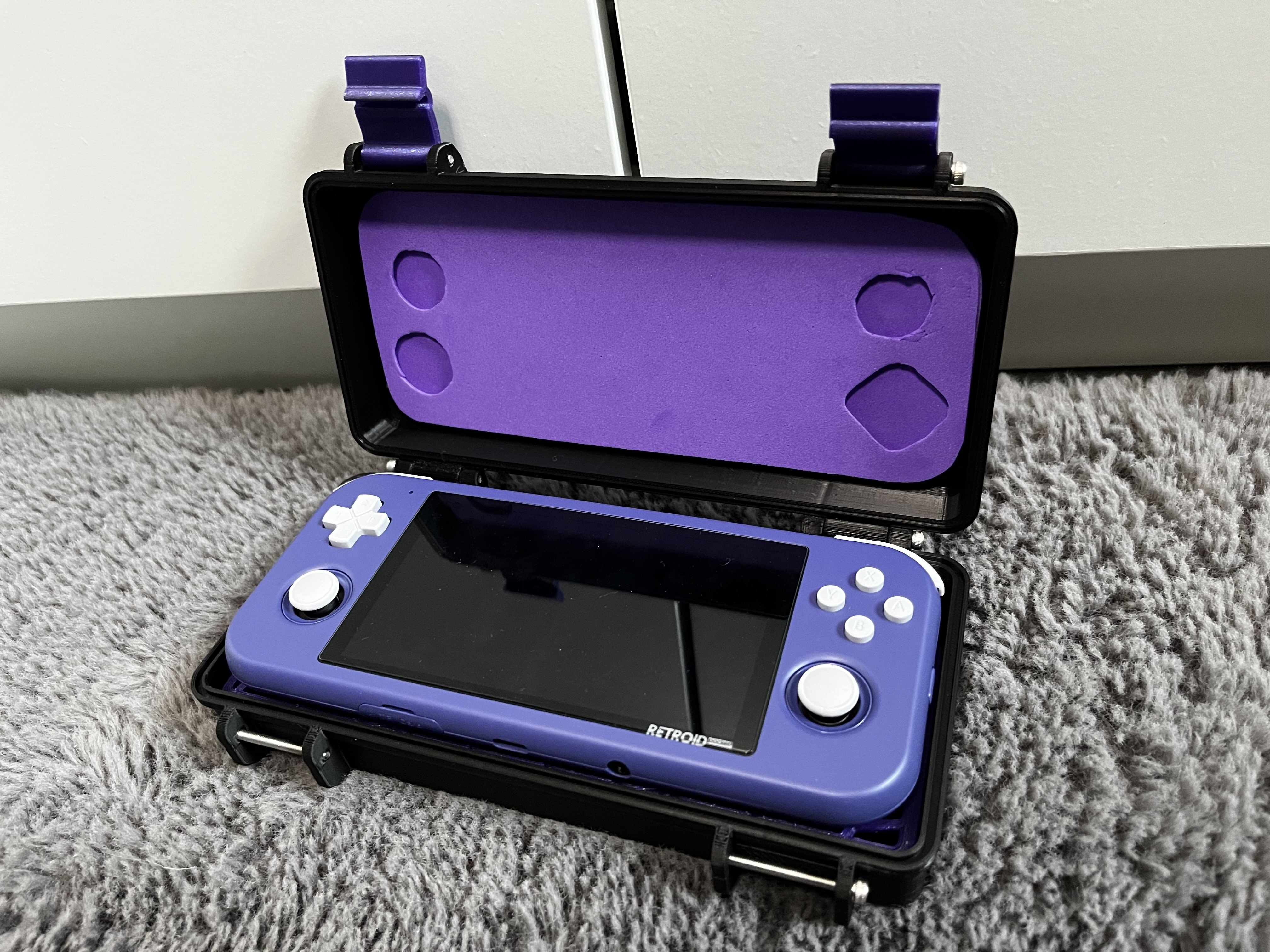Hello everyone!
I am dealing with a slightly warped print bed. Smaller prints are no problem and come out absolutely perfect (for me), but as the prints get larger and go near the sides of the printbed they won’t stick very good, because the bed is a bit more away from the nozzle on all sides, causing my prints to warp or even fall off the printbed.
So now I am thinking about upgrading my Voxelab Aquila with a BLTouch (or similar) to get rid of that problem. So far I read you could use Voxelab‘s Aquila X2 BLTouch Firmware with the standard Aquila?! Is that true? Does someone here know it or already upgraded one? Or maybe have a link to a tutorial?
Any help appreciated! Thanks in advance :)


I own an Ender and installed alternative firmware (mriscoc professional firmware) which gives me a feature to probe the bed on multiple points and store this mesh in memory.
Now the firmware ‘knows’ about all the holes and hills on the bed and compensates for it.
You want to look for terms like bed mesh leveling, when you’ve got a probe attached, this technique can really help.
And don’t forget to check if you have to tell your printer to use the saved mesh. I had to add a line to my start g-code. (ender 3 s1; M420 S1) There are also g-codes that can deactivate it again.
Thanks! So you don’t need a probe for your firmware? Currently I have none attached, but I wouldn’t mind the work of attaching one. But if there’s a way to do mesh leveling without probe that would also be nice.
Do you use it with Octoprint or similar?
I’m using a bl-touch. So the firmware will need to know the delta between the tip of the probe and your extruder (the z-offset).
I doubt creating a mesh without a probe is possible. At the moment I use a mesh with 9*9 points. This gets saved to eeprom and (see the other comment) loaded at startup using a g-code. I let it do a three-point probe after hearing the bed, so the software knows if it needs to tilt the mesh.
I do use octoprint, but these capabilities are all embedded in the software by mriscoc.